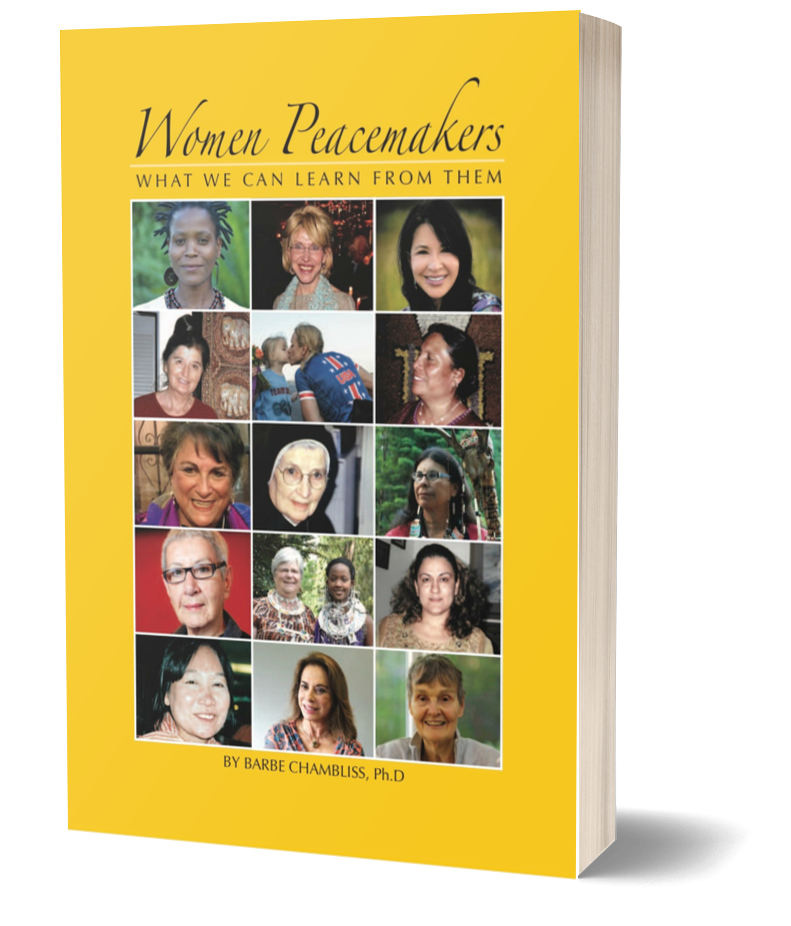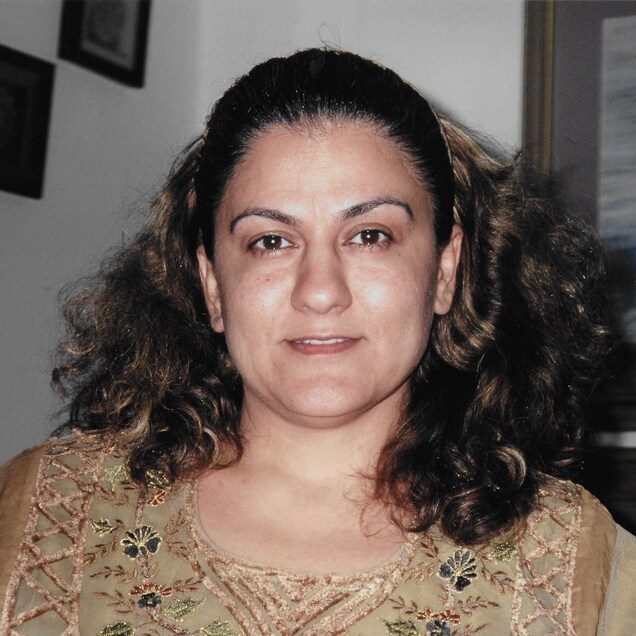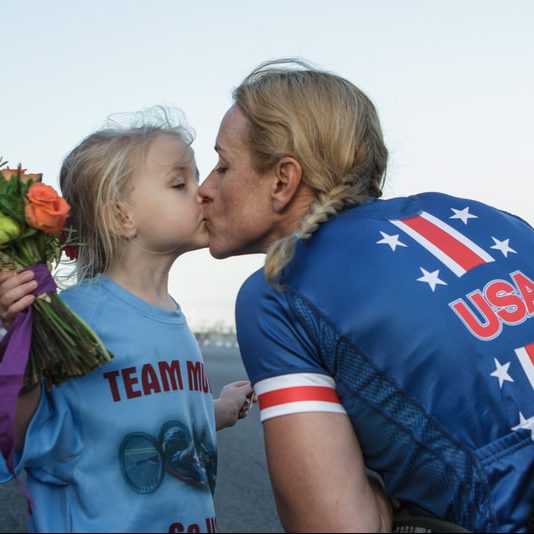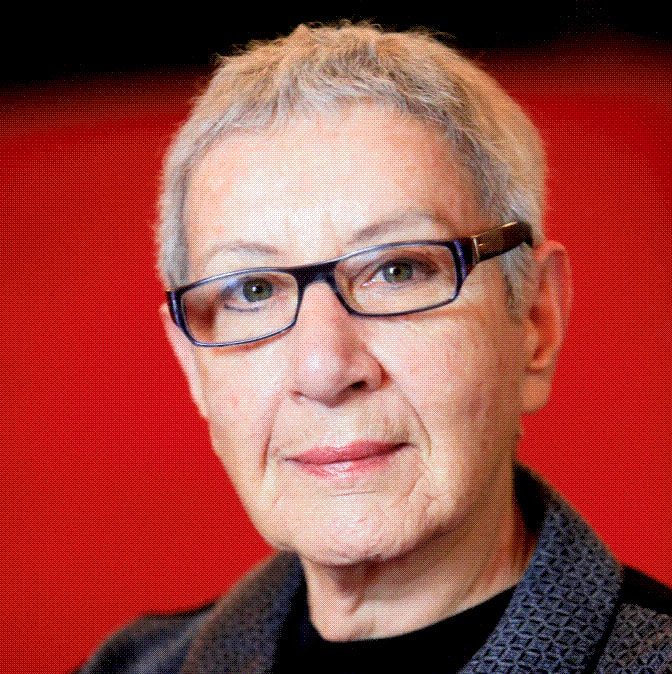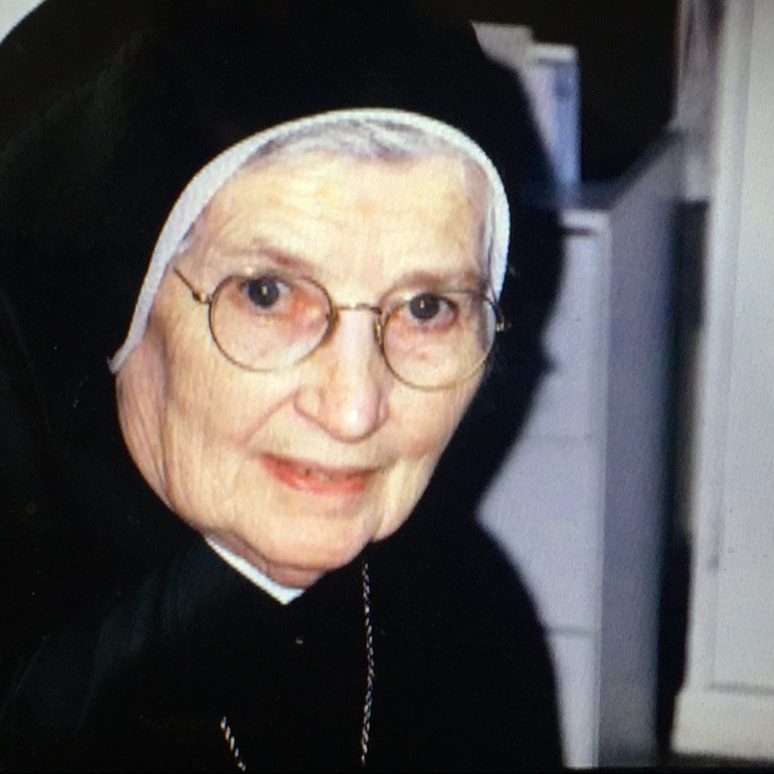Women Peacemakers
What We Can Learn from Them
by Barbe Chambliss
Finally, a book about how to actually make peace! In a world framed by digital screens and talking heads, 15 women quietly invited Barbe Chambliss into their lives to share intimate conversations about how they make peace. Read Women Peacemakers to hear about their techniques and learn how to wake up the “conscious peacemaker” in yourself.
Purchase from your favorite bookstore or order online from the links below.

